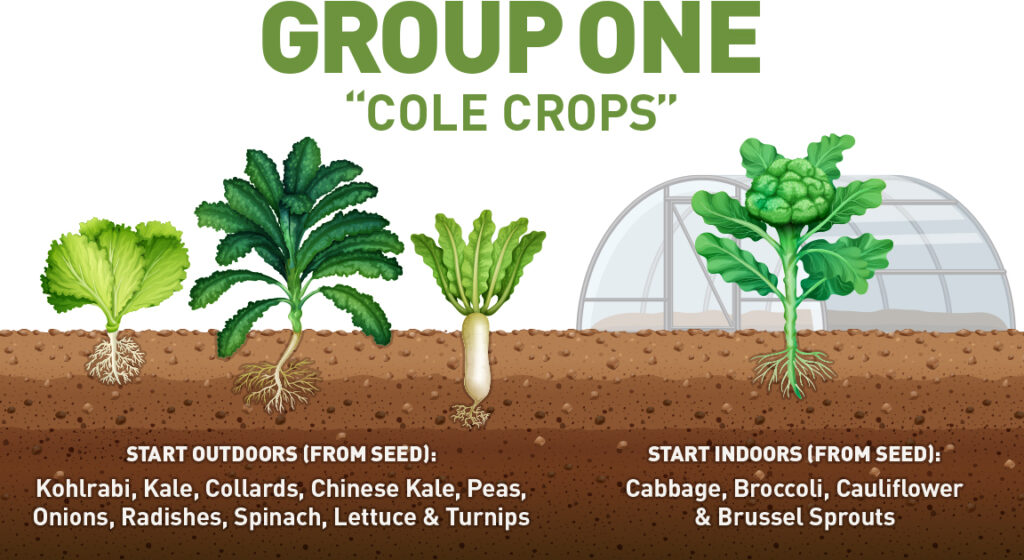
PREPARING THE SOIL
The best soil prep is done in the fall by mixing compost (Oakdell Organic Compost) into the soil. The basic green thumb rule is two inches of organic matter worked into six inches of soil. With the right amount of organic matter in the soil, it’s easier for a planting services near me to get air, water and nutrients to the roots.
Are you looking for planting services? Contact us
[email protected]

You may plant these seeds outside directly into your garden: kohlrabi, kale, collards, Chinese kale, peas, onions, radishes, spinach, lettuce and turnips.
Peppers usually start 8-10 weeks before they are ready to go outside. A greenhouse or hot box would be an ideal indoor setting so these plants can start to grow.
How does planting services work?
Timing for all planting is based on first and last frost dates. For example, if planting in hardiness zone 5, the last frost date is generally between April 1st – April 15th. The first frost date typically falls between October 16th – October 31st. These dates will in part dictate when the best time to plant is.
From specific plants and vegetables that thrive in one particular zone, to when to plant, to how much water they need, to when to harvest. The Gilmour Planting Calendar provides everything you need to know to grow a bountiful garden.
With that said, snow and frost are still a concern. Most garden plants don’t tolerate colder temperatures. Sometimes it’s necessary to cover your plants early in the season with Walls O’ Water, HotKaps. Insulated blankets or similar products to protect them from the cold. The last frost along the Wasatch Front is usually somewhere close to Mother’s Day.
When to plant vegetables?
If you are wondering when the best time to plant vegetables in a specific area is. What types tend to do better where you live, a planting and growing calendar is the first place you should look.
In zones where vegetables do very well as long as there isn’t an unusually late frost soon after planting (when a plant is still young and vulnerable). Even though you can plant and enjoy almost any vegetable here, we are still very cognizant of when to actually put something in the ground. For instance, broccoli and kale are planted in March – April. Whereas corn and tomatoes won’t go in the ground until May – June. A planting calendar helps you decide exactly when to plant every type of vegetable.
When to plant flowers?
Determining when to plant flowers is easy once you learn the first and last frost date in your zone. Zones can be divided even amongst themselves. This can slightly vary suggested planting dates by a week or two. Always look at the type of flower to see if it will tolerate your zone and frost dates. Hardy flowers like pansies and alyssum will survive light frosts, whereas tender flowers like dahlias and nasturtium need warm soil to grow properly. So, it is the type of flower combined with frost dates that will be the ultimate guide in creating a garden calendar that will result in the most beautiful blooms and bounty.
How to calculate planting services dates?
Calculating planting dates is different for each plant. It’s based on growing zone, frost dates and a plant’s maturity date and needs. A planting schedule can be created by determining the first frost date and then working backwards. This will help figure out the best planting date for whatever you are growing. The goal is to ensure a plant has enough time to mature before the first frost of the year. Once armed with this information, check the growing and maturity times for each individual plant or vegetable you will plant.
When should you transplant seedlings?
One of the most important components to starting plants from seeds is timing. Knowing when to move seedlings outside is critical to a plant’s success. Wait too long and you risk a root bound plant and transplanting too soon means your plant may not be strong enough to survive the elements and shock from being moved to a new environment.
Surprisingly, size is not always a steadfast indicator of a plant being ready to move outdoors. Some seedlings will grow quickly but may not be ready to move outside. A better way than size to tell if a plant is mature enough to be transplanted is by the number of true leaves it has. If a seedling has between 3 and 4 true leaves, it is likely ready. Note that the very first leaves to grow are not what you’re looking for. Those initial leaves are cotyledons and store food for growing plants. True leaves emerge after the cotyledons.
Of course, temperature and frost play a big factor on when to transplant seedlings. Knowing the last frost date and a plant’s standard frost guidelines is important.
When is the best time to plant a garden?
There really isn’t any one, good answer to this question. Just like water, soil, light and other growing conditions. Plants can have very different needs for the best time to be planted. The only way to know for sure is to use a gardening calendar that calculates the first expected and last average last frost date. In a specific zone – this will help determine planting timing for each plant.
What can I planting services before winter?
Just because the weather is cooling off doesn’t mean the growing season has to be over. Cooler fall temperatures are the perfect time to plant many delicious vegetables such as garlic, asparagus, peas and onions and shallots.
